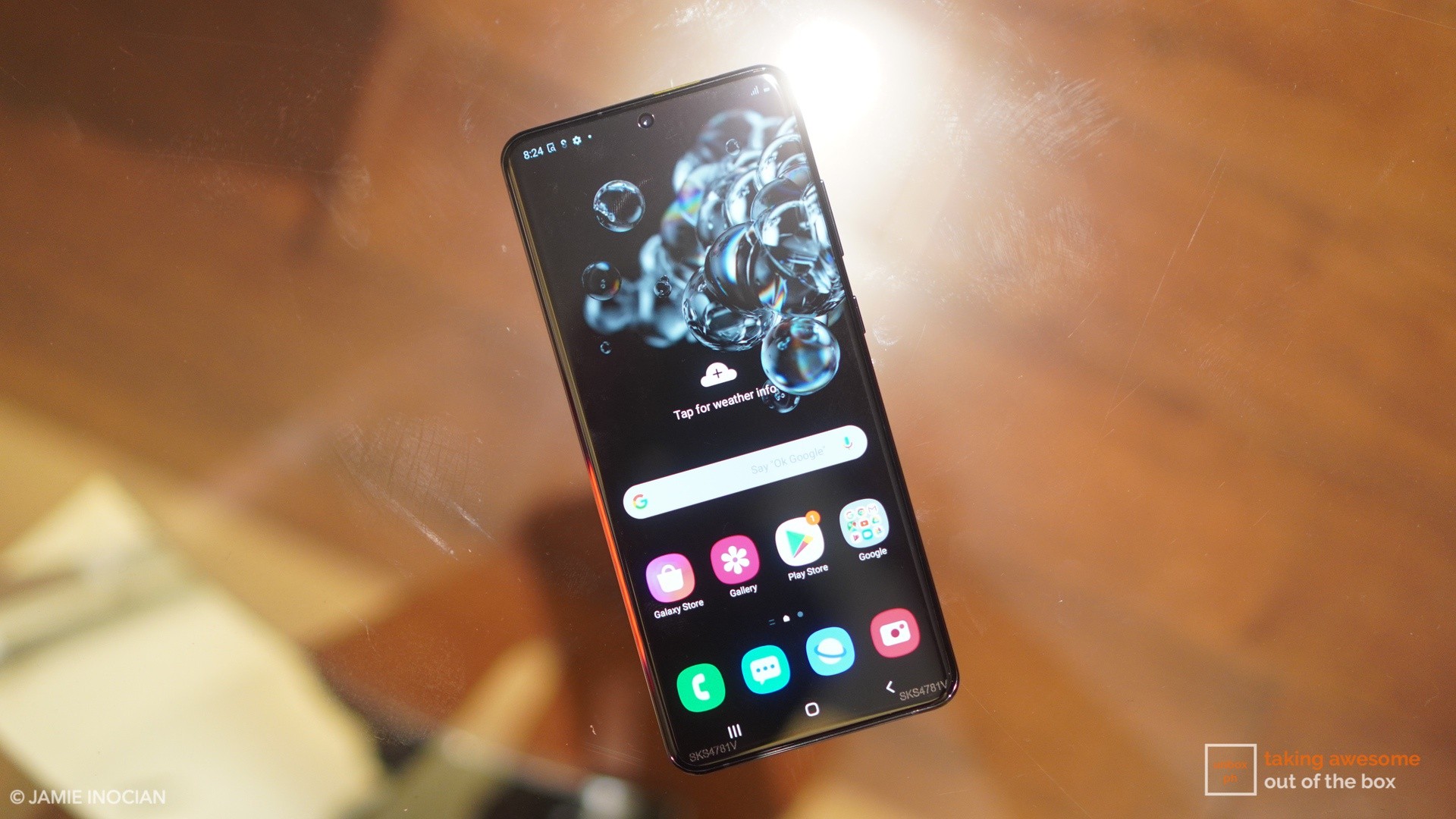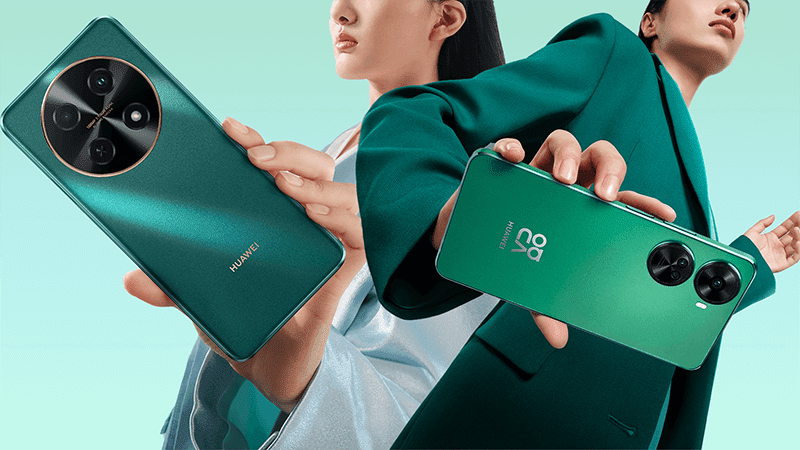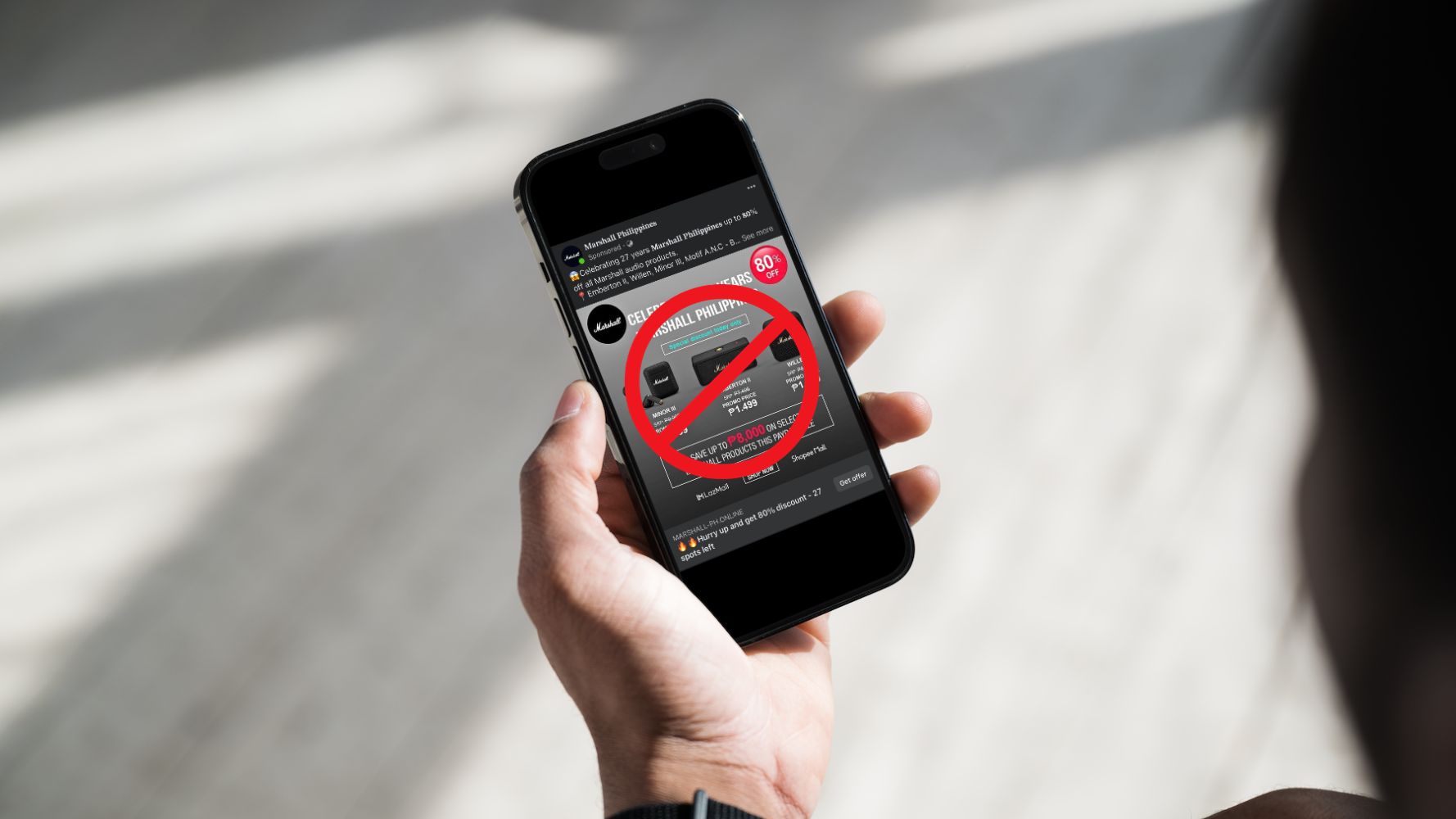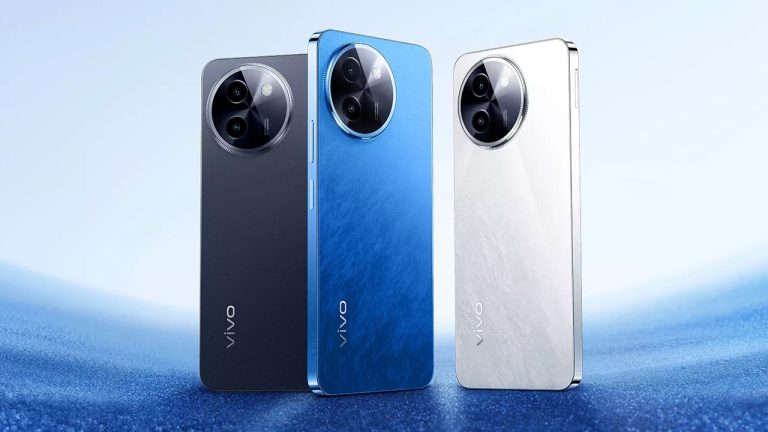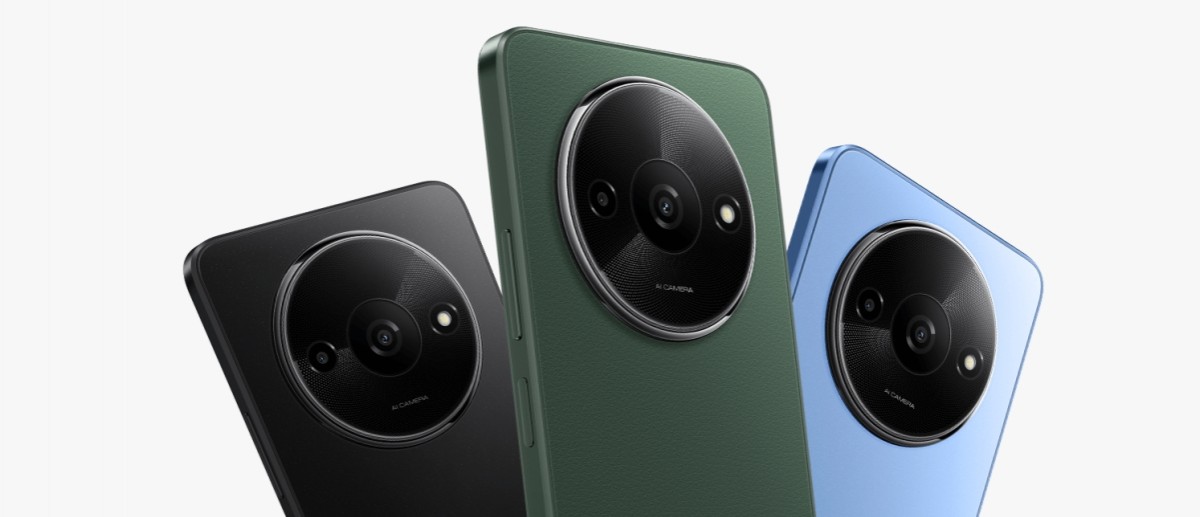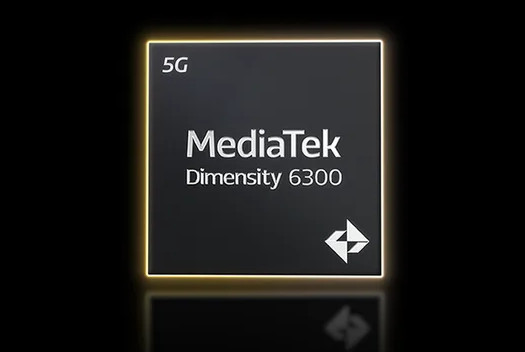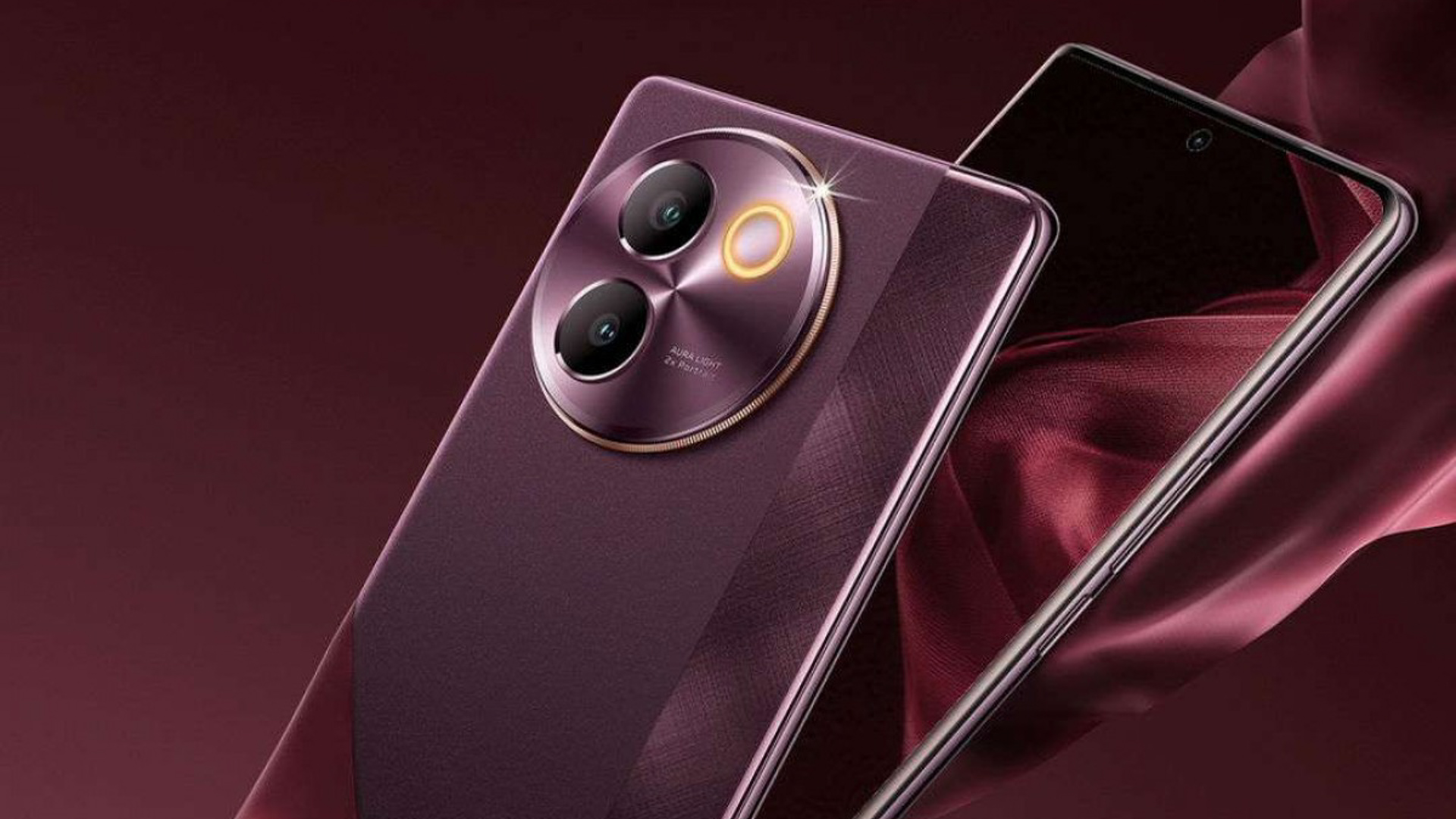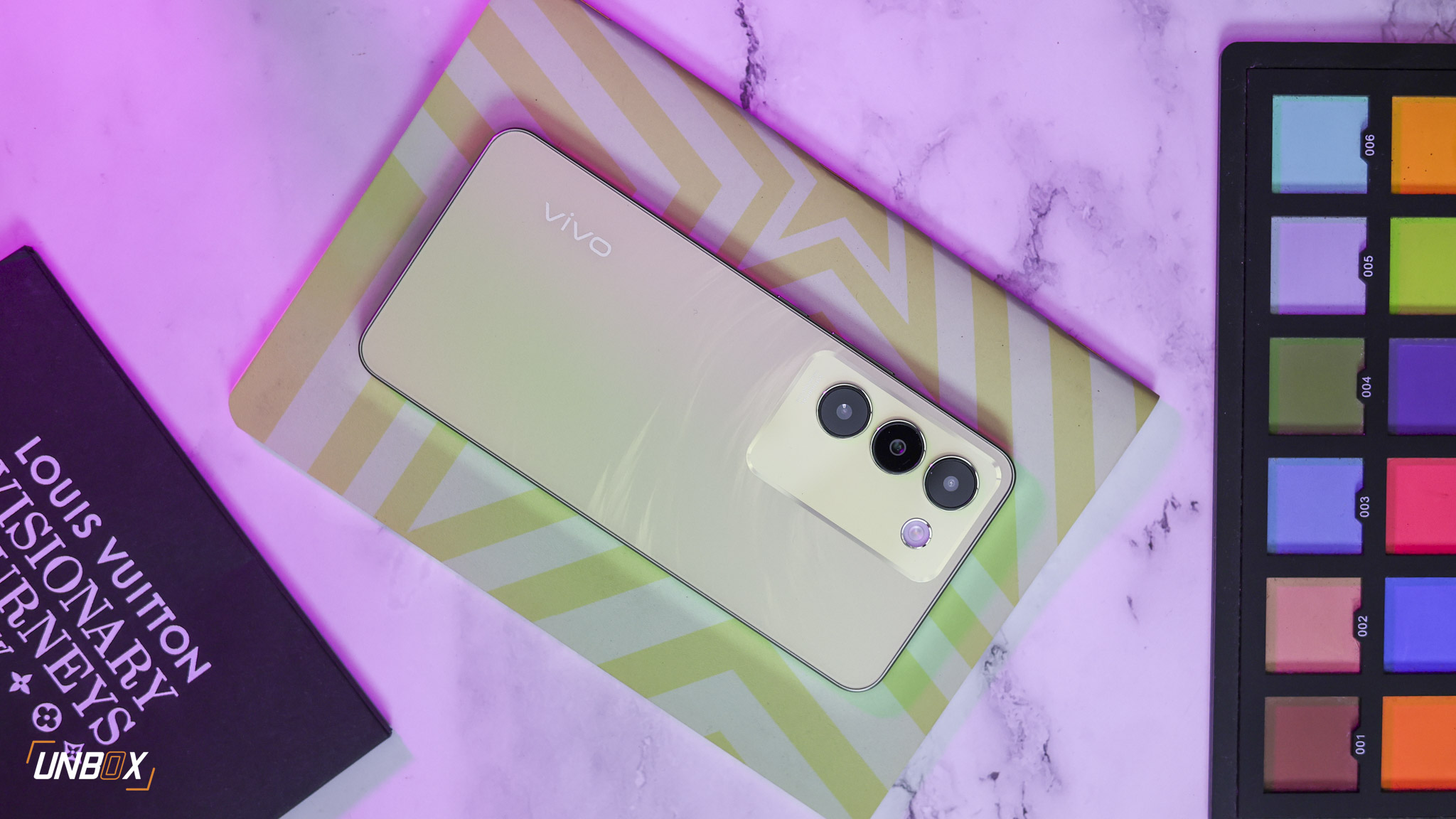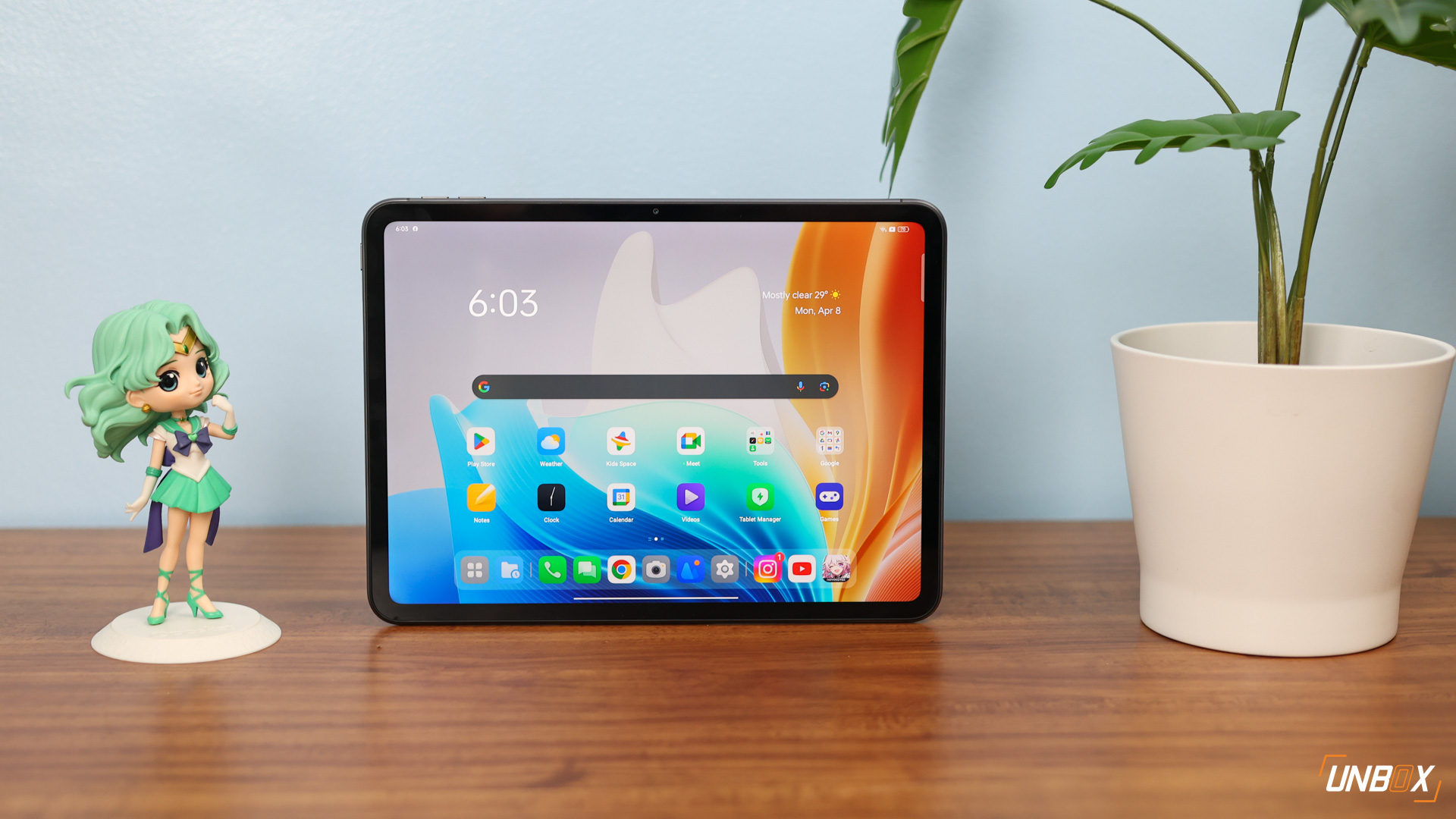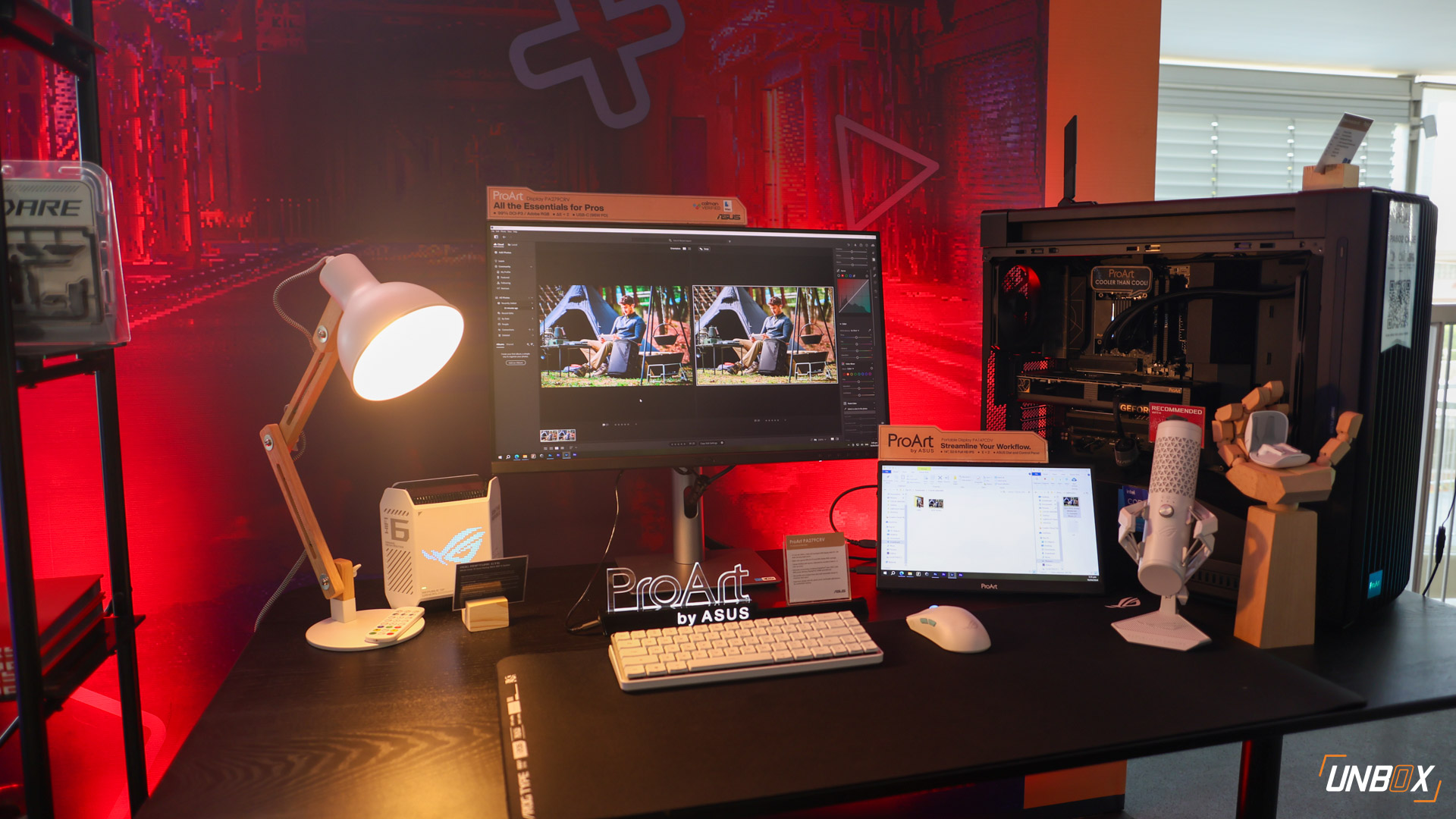There’s no reason to prioritize 5G in the Philippines
One of the biggest mobile trends this year is 5G, and we’re already seeing flagship smartphones ship with the next-generation technology. Huawei outed the first commercially available 5G-capable smartphone in the Philippines with their Mate 30 Pro 5G a few weeks ago, with Samsung following suit with their new Galaxy S20, S20+, and S20 Ultra.
Clearly 5G will be a big feature moving forward, but I personally don’t think you should buy a phone based on its capability to use that next-gen network alone.
For one thing, not all 5G phones are made equal. Samsung’s new Galaxy S20 series, for example, don’t all connect to the same kind of network.
5G in the Philippines Explained
While 5G is an all-encompassing term that’s used to refer to the next evolution of mobile networks, there are several technologies involved in making 5G happen, and it’s all related to networks. We’re not going to get bogged down in the weeds, but for the purposes of this article, we’re going to talk about two of the most important ones: low-band spectrum (AKA sub6) and high-band spectrum (aka millimeter wave).
Of the two, millimeter wave (mmWave) tech is the most desirable since it delivers the best performance out of the two, delivering speeds that theoretically is capable of reaching over 1Gbps. The downside here is that these new high-frequency signals can’t travel far, and sometimes have trouble penetrating walls and other obstructions.
Low-band spectrum isn’t as fast as millimeter-wave tech, but the upside here is that it reaches farther and can be used to supplement LTE connections to give a speed bump, but again you’re not going to get the same speeds as having a phone with mmWave capability.
Of Samsung’s new phones, only the Galaxy S20+ and Galaxy S20 Ultra have mmWave capabilities, leaving the Galaxy S20 with only sub6 5G capability.
This isn’t a phenomenon that will only happen with Samsung – phone manufacturers will probably have different flavors of 5G, and it’s more than likely more affordable 5G capable phones might only ship with the sub6 and not mmWave capability.
The biggest problem I have right now with 5G is that there’s no clear use case for consumers right now to make the jump to 5G, at least in the Philippines.
While telcos tend to pull out fast download speeds as the main metric to illustrate how fast 5G is, those fast download speeds are not much use to our data-throttled lives. Many of 5G’s benefits like low-latency aren’t much use for a large majority of the population right now.
And while one benefit of 5G would be the decongestion of 4G networks as more people transfer to the new tech, that’s not going to happen this year as telcos are still working to put up their 5G infrastructure.
So Should you Buy a 5g Phone Now in the Philippines?
So to sum it up: don’t buy a phone solely for its 5G capabilities if you’re shopping for a new smartphone this 2020.
While having a phone with 5G capability is great and makes your device future-proof, 5G capability should be way down your priority list when it’s time to pull the trigger on a new phone.
You should consider performance, battery, and the cameras first before anything else.


